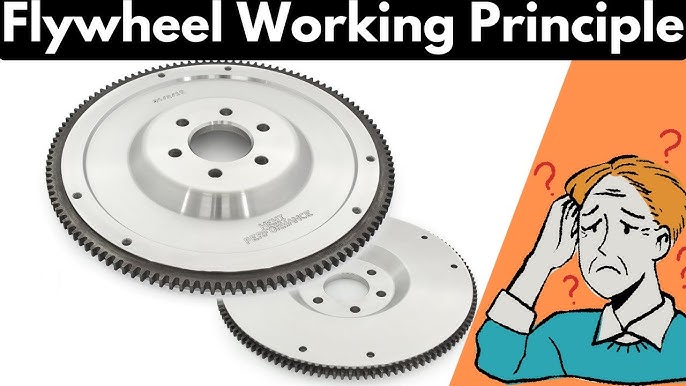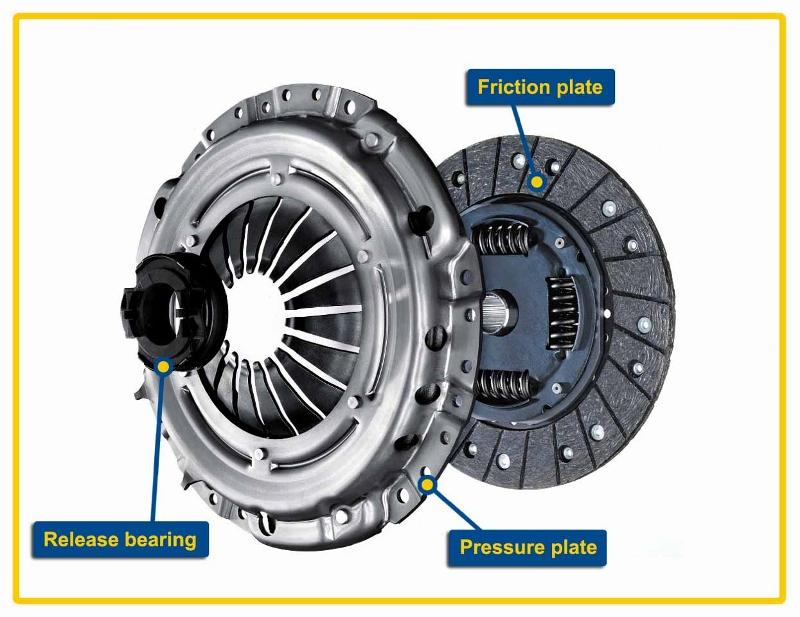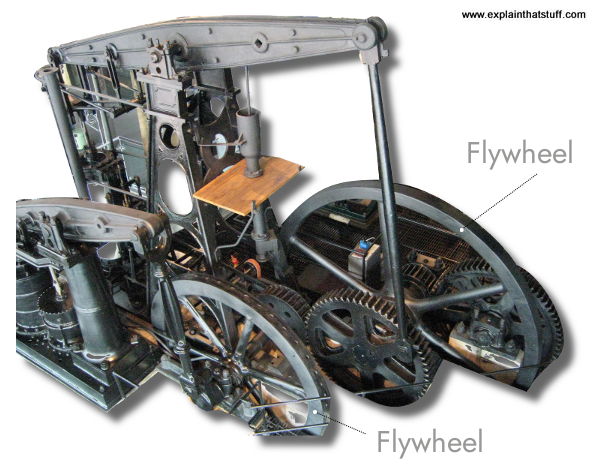Getting Started with the Floating Thingy
Okay, so I got this idea stuck in my head about making something float. You know, with magnets. Saw a few things here and there, looked neat. Thought I’d try making a little wheel, like a flywheel, spin while it was floating. Just seemed like a fun challenge, something to tinker with in the garage.

Hunting for Parts
First thing, gotta get the bits and pieces. I knew I needed some strong magnets. Dug through my box of old electronics, found some small ones, but figured I needed stronger stuff. Ended up ordering a pack of those small, really powerful neodymium magnets. You gotta be careful with those, they snap hard!
Needed a base, just grabbed a scrap piece of wood. For the flywheel part itself, I first thought about using an old CD, but then I found this metal disc part from a broken gadget, seemed heavier and better balanced. Also needed screws, glue, maybe some washers. Basically, I just raided my workshop shelves and drawers.
Putting it Together (Attempt 1)
So I started by drilling some holes in the wood base. Planned to mount some magnets there, facing up. Then, I took the metal disc, the flywheel part, and carefully glued magnets around its edge, facing down. The idea was simple: magnets on the base push the magnets on the flywheel up. Easy, right? Well, no.
Getting the magnets lined up was a pain. They either snapped together super hard or pushed the flywheel right off the base. Polarity is tricky. Spent ages just trying to glue them in the right spots without them jumping all over the place or sticking to my tools. Hot glue became my best friend, then my enemy when it didn’t hold.
Things Going Wrong (Lots of Times)
Man, this thing just did not want to float steady. It would wobble like crazy and then crash down. Or it would shoot off sideways. The magnets were strong, maybe too strong? Or maybe not in the right places?

- Tried rearranging the magnets on the base. More? Fewer? Different spacing?
- Tried adding tiny bits of weight to the flywheel to balance it better.
- Realized the base magnets needed to be perfectly level. Had to shim them a bit.
- The flywheel itself wasn’t perfectly balanced maybe? Tried sanding one edge slightly.
Felt like I spent hours just nudging magnets a millimeter this way, a millimeter that way. Lots of failed attempts. Lots of the flywheel clicking onto the base magnets. Frustrating stuff.
Getting Closer and Finally… Success!
After a bunch of fiddling, I changed the setup slightly. Instead of just relying on bottom magnets pushing up, I rigged a small support above it with another magnet, pulling up gently. This seemed to stabilize things a bit more. It involved building a little wooden gantry over the base.
More adjustments. More tiny movements. Then, suddenly, it just… hovered. It wasn’t rock solid, still had a tiny wobble, but it was floating! Clear space between the base and the flywheel. Felt like magic, honestly.
Gave it a gentle push. It spun! Not for super long, friction and air resistance saw to that, but it spun freely while floating. That was the goal!
What I Reckon Now
It actually worked! Seeing that little disc hang there in the air, spinning after all that trial and error, was pretty awesome. It’s not perpetual motion or anything crazy, it stops spinning pretty quick, but the floating part? Nailed it.

Learned a lot about how sensitive magnetic fields are. Tiny changes make a big difference. Also learned you need patience. Lots of it. And maybe stronger glue. It was a fun little project, glad I stuck with it. Now, what to try next?